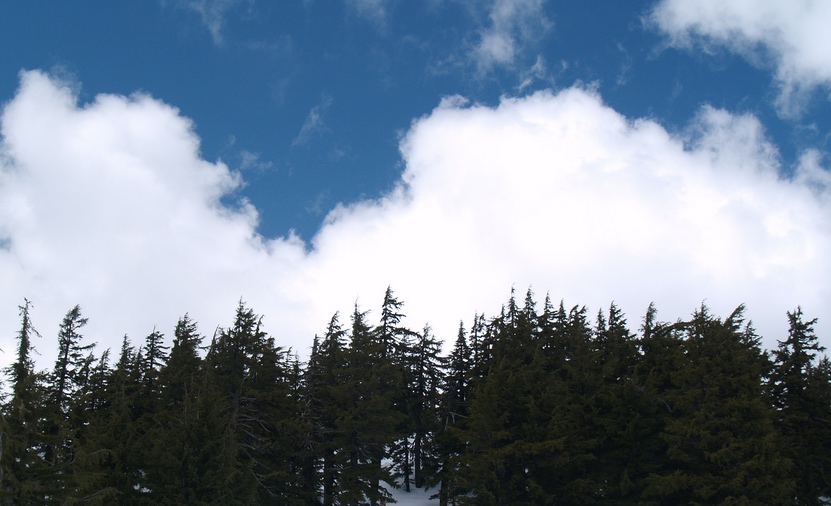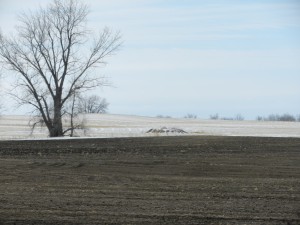The College of the Environment’s School of Environmental and Forest Sciences recently launched its Climate Change Video Contest, asking Washington State high school and undergraduate students to create and submit videos about what climate change means to them by April 13. In three minutes or less, contest entrants will use all styles imaginable – Claymation, stand-up comedy, music video, short-form documentary, and more – to convey their ideas.
Read more at UW Today »Meet Brad Markle, Earth and Space Sciences graduate student
Standing outside of his temporary classroom and laboratory overlooking Greenland’s Disko Bay, Brad Markle breathes in the big picture. The big picture is something that’s always on his mind, which is reflected in both his art and science. As a photographer, he captures sweeping scenes, from giant, rippling cloud masses and never-ending skies, to massive, bobbing icebergs in a vast ocean.
Read more »Washington Sea Grant explores relative sea-level rise to prepare Pacific Coast communities
Washington Sea Grant, a unit in the College of the Environment, works to restore and protect marine environments through addressing important issues, providing better tools for marine management, and supporting strategic partnerships within the marine community. Coastal hazards specialist and resident geologist Ian Miller embodies this approach, and is studying changes in local sea level over time in order to help coastal communities plan for rising seas along their shores.
Read more at NOAA »Could brighter clouds offset warming caused by greenhouse gas emissions?
Atmospheric Sciences’ Tom Ackerman and Rob Wood recently contributed to a proposal that would test the effectiveness of spraying sea-salt particles into marine clouds in order to make them brighter. According to The Economist, cloud physicist John Latham hypothesized that brighter clouds could cool the Earth enough to compensate for increased warming caused by greenhouse gas emissions in 1990. Several decades later and with the help of the two UW scientists, field tests on the subject could come to fruition.
Read more at The Economist »Epic survey finds regional patterns of soot and dirt on North American snow
Snow is not as white as it looks. Mixed in with the reflective flakes are tiny, dark particles of pollution. University of Washington scientists recently published the first large-scale survey of impurities in North American snow, to see whether they might absorb enough sunlight to speed melt rates and influence climate. The results, published in the Journal of Geophysical Research, show that North American snow away from cities is similar to Arctic snow in many places, with more pollution in the U.S.
Read more at UW Today »





